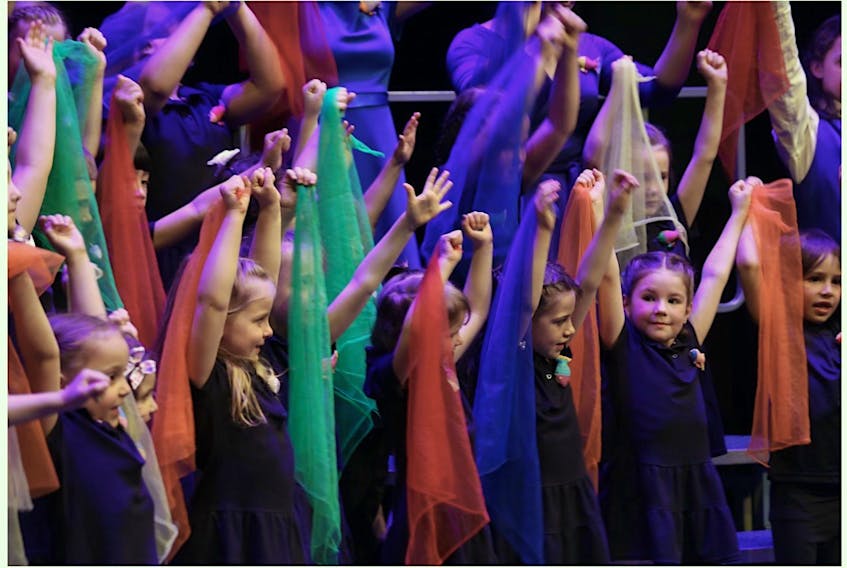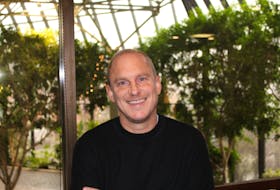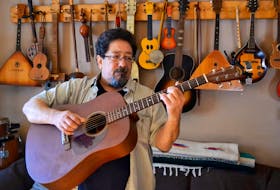ST. JOHN'S, N.L. — Kellie Walsh knew she’d need a large venue for her choirs this season. That’s assuming there would even be a season.
So she made a deal with St. Mary’s church in St. John’s. After Sunday services, the space is hers until Thursdays to conduct rehearsals with the various groups that make up the award-winning Shallaway children’s choir.
“I’m really excited,” she said in a phone interview Thursday.
Walsh was on a committee that approached Chief Medical Officer of Health Dr. Janice Fitzgerald months ago in an effort to lift a ban on choirs.
At the time, little was known about the dangers of choral singing other than preliminary reports of super-spreader events early in the coronavirus pandemic. So she and her colleagues gathered all the evidence they could and submitted it along with a template from British Columbia, where safe group singing had already been given the green light.
Walsh said she doesn’t regret being one of the last groups in society to receive guidelines, even if choral music is such a prominent part of the province’s heritage.
“I know everybody has a level of frustration right now as tempers run high … but we have to realize that these people, they don’t have handbooks to go by,” Walsh said of Fitzpatrick and her team.
“Some people need to step back and say, would you want to be in this position?” she said. “They are taking this so seriously. They just want everybody to be safe.”
Being safe and feeling safe are huge factors, she said.
“I’m delighted because (for) the guidelines, they followed the science that’s out there internationally, and although I know they are restrictive, they can make everybody feel they can start to participate in singing and playing again in a way that they can feel safe.
“I personally don’t think we could have asked for anything more, because we know that what we’re doing is as safe as it can be.”
Students excited
The guidelines, released late Wednesday, require wind instrument players to use a covering over the bell to limit the spread of aerosols, and for choristers and conductors to wear snug-fitting masks. It also requires physical distancing, good ventilation and a one-hour cap on rehearsal times.
Robert Colbourne, who directs the choral program at Holy Heart High School in St. John’s, was over the moon when contacted Thursday on his lunch break.
“To say that I was overjoyed last night? That was an understatement,” he said.
“So far this morning, I’ve had so many students just walk by and say, ‘So, are we allowed?’ When I can put my hands in the air and say, ‘We can sing!’ everyone gets very excited.”
He knows singing with a mask produces a more muffled sound. He even tested it himself in front of the bathroom mirror. But the guidance means at least there will be singing.
“If wearing a mask and standing six feet apart in a well-ventilated room for less time than we’d normally rehearse means that we’re able to keep those connections with the kids going and singing, then that’s what we’ll do until this thing is, hopefully, no more,” he said.
Colbourne already has a large space to work in, but said he may have to incorporate other spaces in the school to adhere to precautions.
“As long as we are allowed to do it safely, we can be creative and find ways to sing in smaller groupings.”
But he realizes some smaller schools may struggle to maintain choral activities on such late notice.
“They are restrictive, in a way, to some school scenarios.”
Peter Jackson is a Local Journalism Intiative reporter covering health for The Telegram









